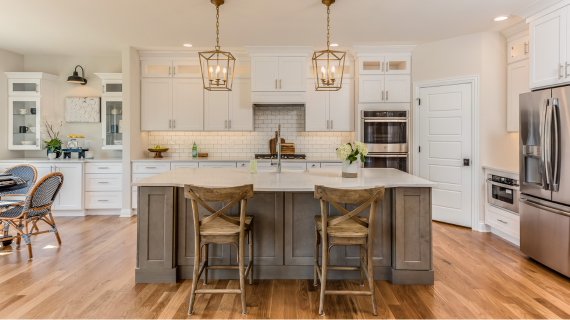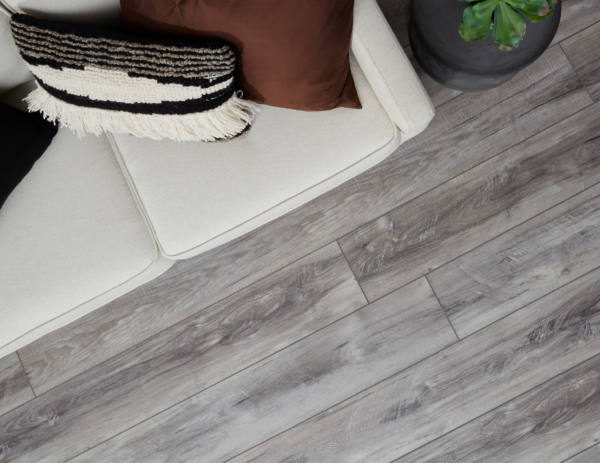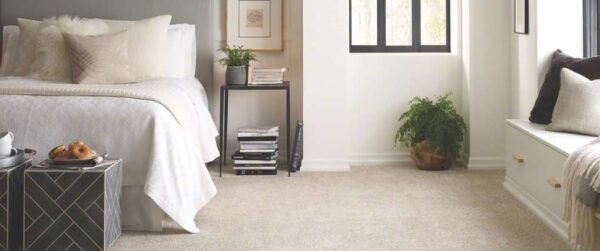Due to the versatility, affordability, and ease of installation of floating floors, they have become a popular choice amongst homeowners. And while you may love the clean, seamless look where kitchen cabinets sit on top of the floor without a shoe base, there are risks involved that need to be carefully considered when installing cabinets on top of a floating floor. This blog will guide you through the key considerations and potential pitfalls in order to help you make an informed decision for your next project.
Floating Floors
First it is important to understand what exactly a floating floor is. It is a floor where the planks or tiles are held together by an interlocking mechanism and is not glued or nailed to the subfloor – it “floats” above it. There are upsides to a floating floor, for example, this design allows the floor to expand and contract with changes in temperature and humidity, however, when excess weight is put on top of it, like a kitchen cabinet and heavy countertop, the natural movement of the flooring system is restricted and creates tension in the joints.
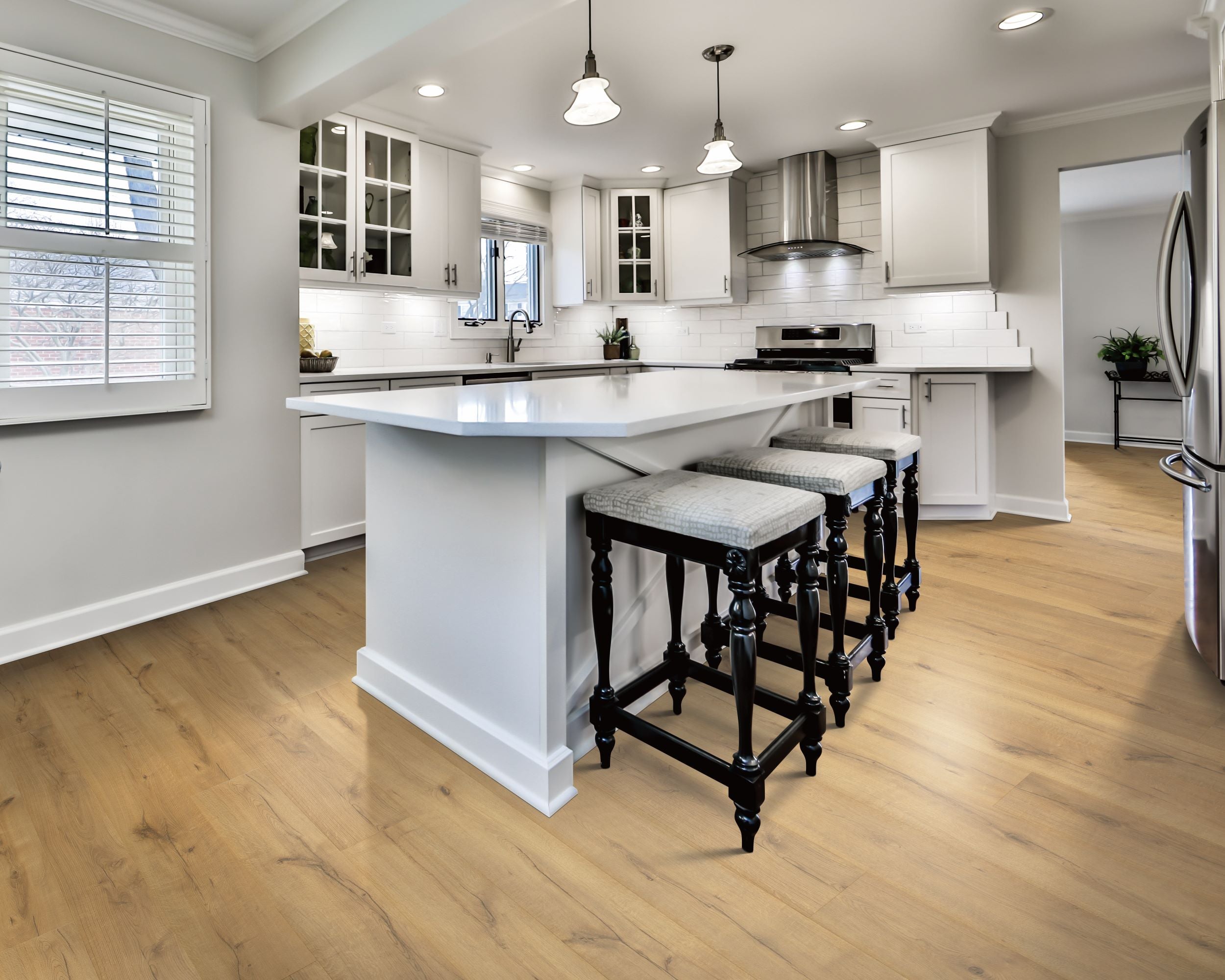
Risk of Installing Cabinets on a Floating Floor
- Restricted Movement: As mentioned above, floating floors are designed to move, however that movement is restricted when heavy cabinets are directly on top them. This could lead to buckling or warping as the floor tries to expand or contract and could compromise the structural integrity and aesthetic of the floor.
- Uneven Weight Distribution: Cabinets can create uneven pressure points on the floating floor. Overtime this uneven distribution may cause the floor to sag or separate at the seams, especially in high-moisture areas like the kitchen.
- Void Warranty: Many manufacturers of floating floors state in their warranty that the floor should not have heavy objects, such as cabinets, installed on top of it. Violating this condition could leave you without warranty protection if issues arise.
Best Practices for Installing Cabinets and Floating Floors
To avoid the risk of your floor failing, it’s best to install the cabinets first before laying your floating floor. This ensures your floor can expand and contract freely around the cabinetry, maintaining its durability and appearance.
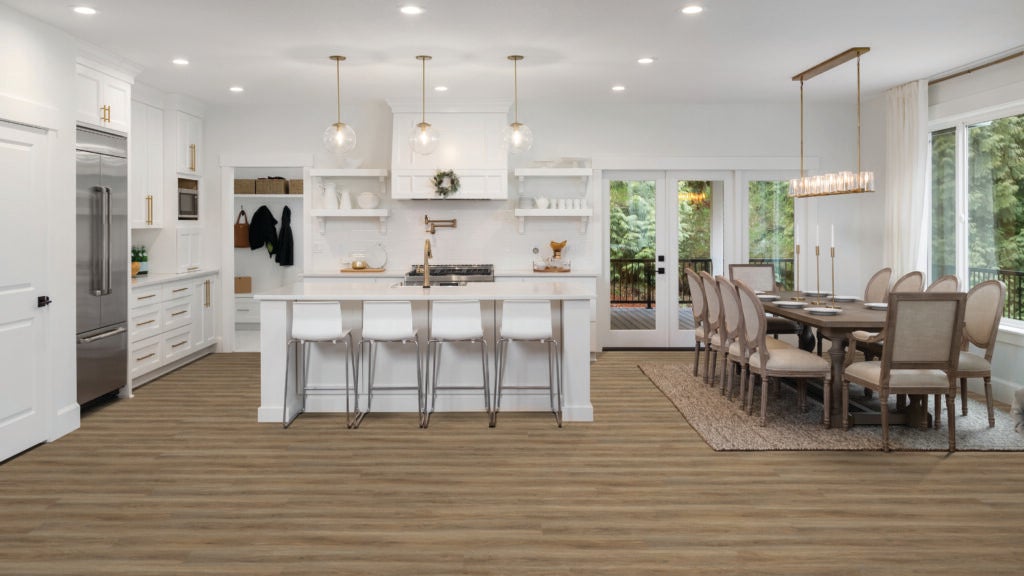
Planning for a Beautiful Space
Installing cabinets with a floating floor requires careful planning to avoid long-term issues. By understanding the risks and following best practices, you can avoid a huge headache while creating a functional and beautiful space. Don’t compromise your floors performance and consult with your flooring professional at your local Nufloors to ensure your project meets all requirements.

